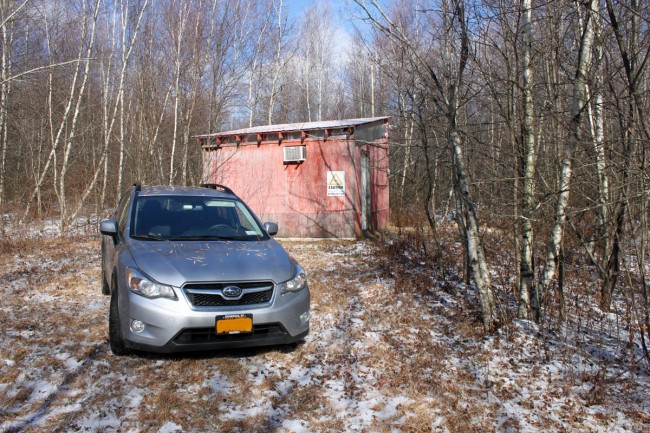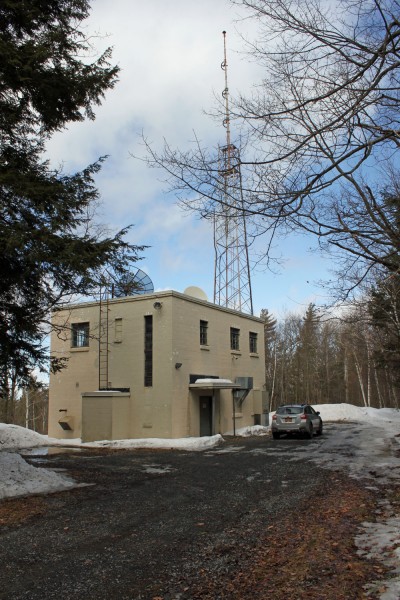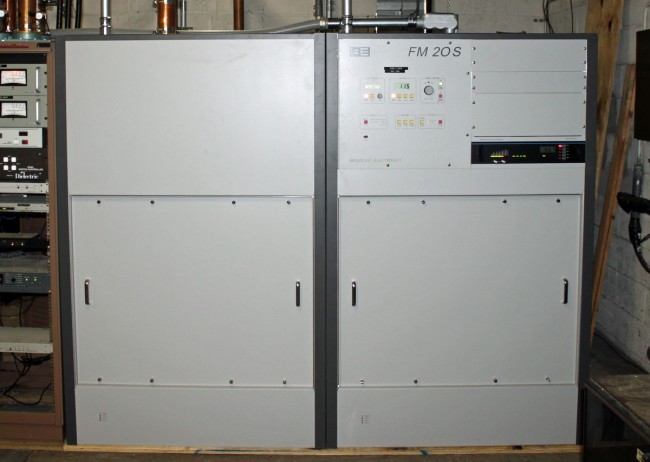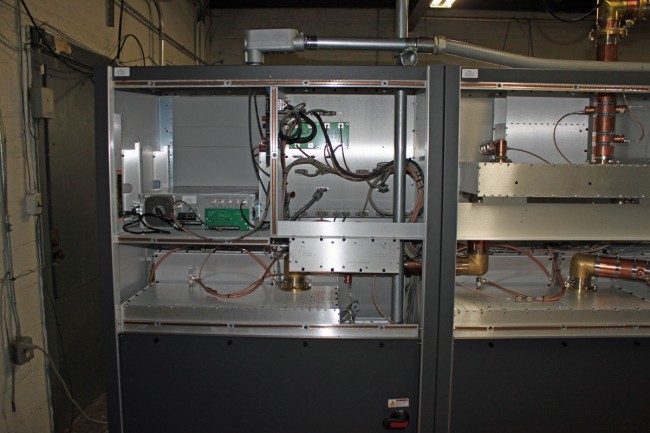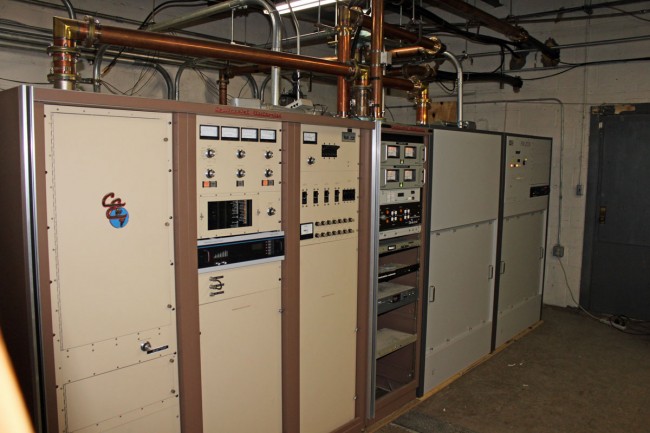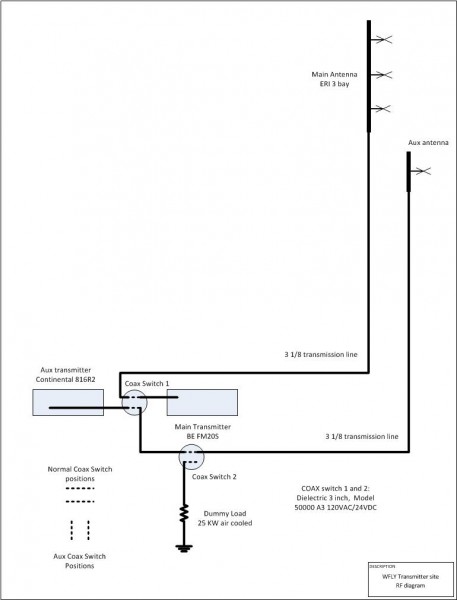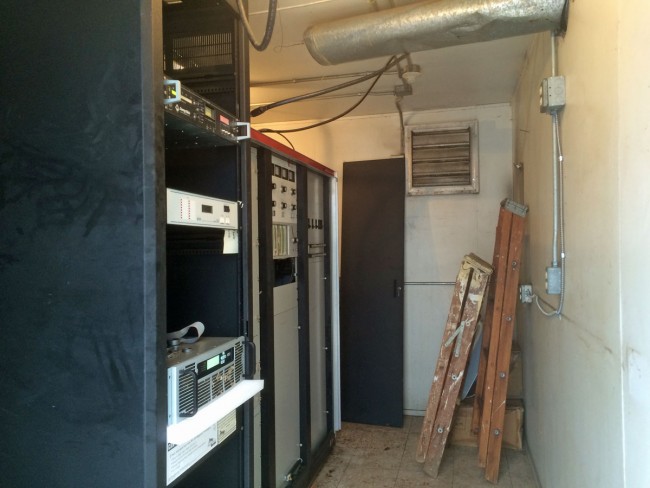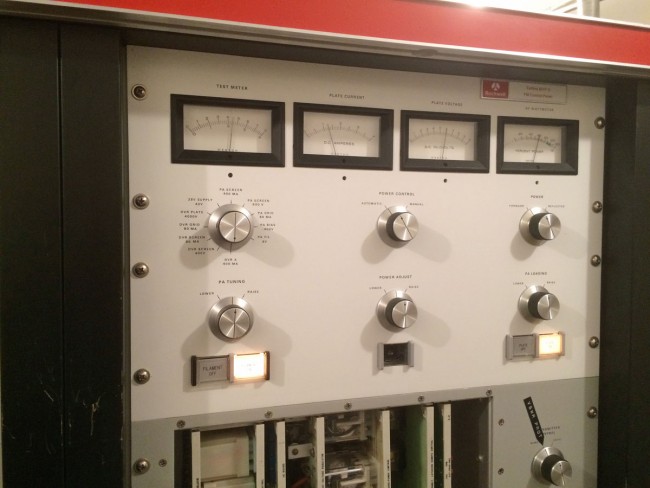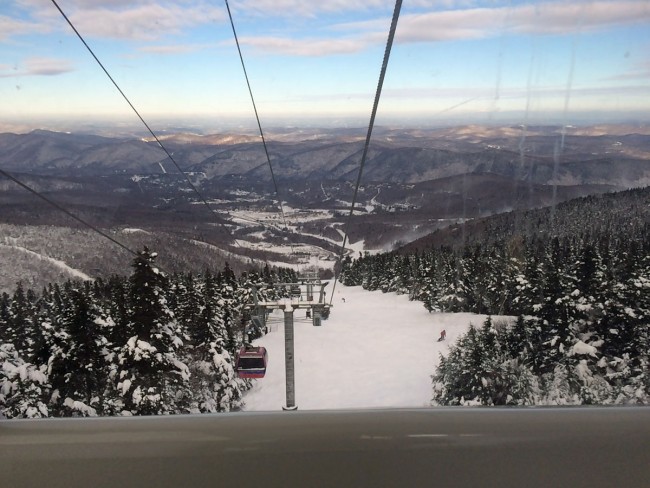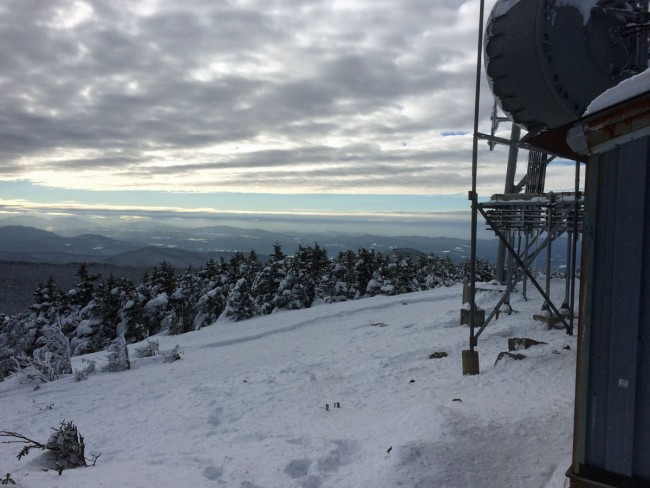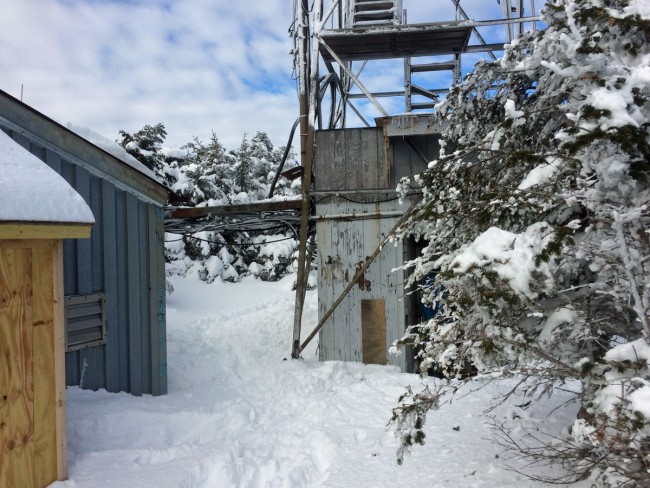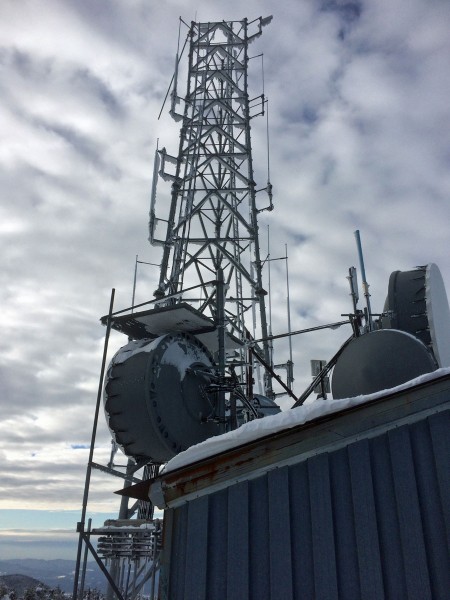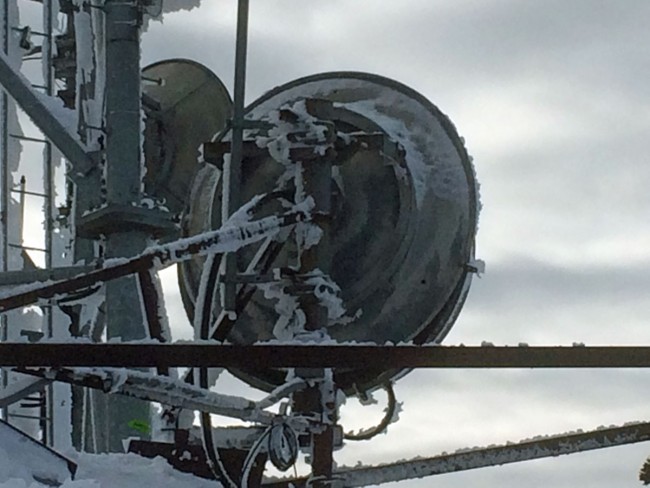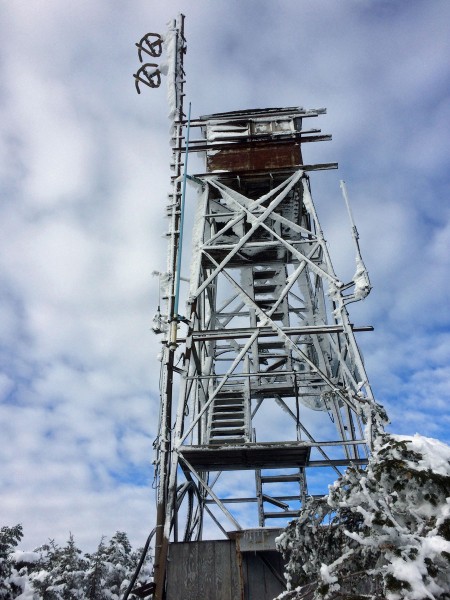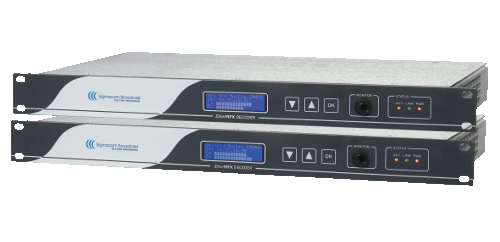In an interesting development, the FCC has taken notice of some pattern distortion from the side-mounted FM antenna of KFWR, Jacksboro, Texas. For those, like myself, not familiar with Texas Radio, that is in the Dallas/Fort Worth market. The crux of the issue is co-channel interference to KCKL in Malakoff, Texas. These two locations meet the spacing requirements in 73.207 (215 km). The issue is with the side-mounted ERI antenna and what appears to be intentional pattern optimization.
From the FCC order to show cause:
ERI’s president, Mr. Thomas Silliman, acknowledging that KFWR’s antenna “was mounted in a favorable direction, but… has not been directionalized and therefore is legal.” Mr. Silliman adds that the custom lambda tower at the top of the new KFWR tower was specifically designed for operation at KFWR’s frequency of 95.9 MHz, and that the tower’s lattice structure is “repetitive at the half wave of the specified FM frequency.” Thus, “if one picks a favorable mounting position on the tower, every element in the array sees the same favorable mounting result. Mr. Silliman also states that vertical parasitic elements are used to make the vertical radiation pattern “more circular” and reduce the vertically polarized gain to the east. In a subsequent pleading, ERI elaborates that its computed values “are relative to an RMS measured field of 1.0.” Mr. Silliman concedes that the mounting of the antenna on a certain tower face constitutes “pattern optimization,”arguing later that this is a common practice used by all antenna manufacturers, but states that it is the ERI’s policy “not [to] increase the directivity of the antenna pattern.”
The FCC concludes that the directionality of the side-mounted antenna, in this case, is clearly intentional. The radiated power towards co-channel KCKL was calculated to be 274.5 KW, which is in excess of the 100 KW limit, and orders KFWR to reduce TPO from 25 KW to 9.1 KW.
We have lots of these out in the field:
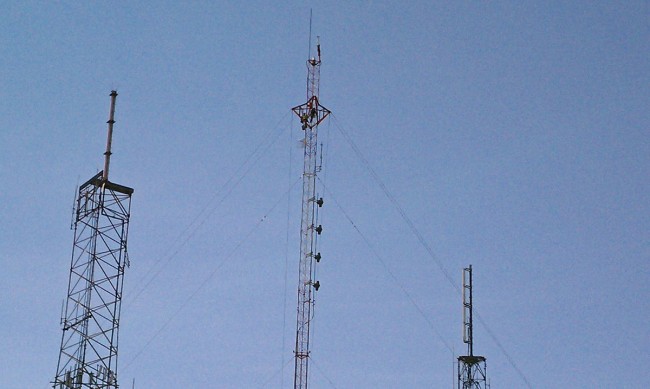
In fact, I believe the majority of our FM stations use side-mounted antennas. Some of them are mounted to a leg and some are mounted to a face. Usually, I try to place the antenna on the tower so that the bays are facing the desired audience. This information is given to the manufacturer when ordering the antenna so that proper mounts can be furnished and the mounting distance between the tower and antenna properly calculated. That is about the extent of any “optimization” that is allowed.
As the FM band gets jam-packed with FM signals, this may become more of an issue in the future, particularly around dense signal areas around major metropolitan areas.

